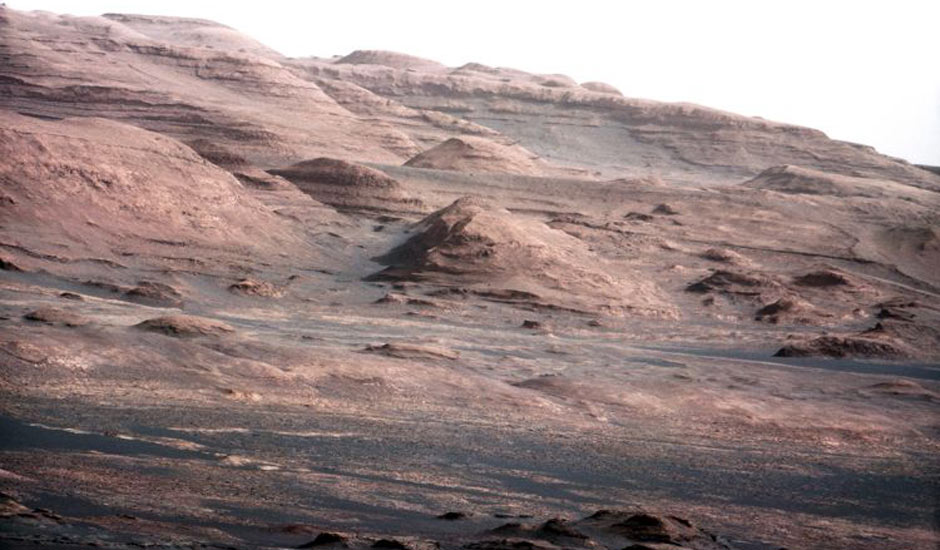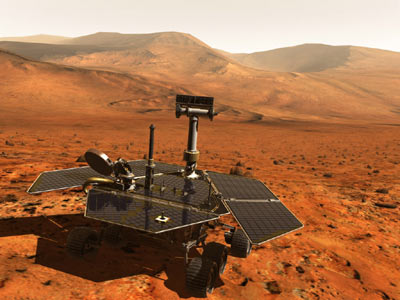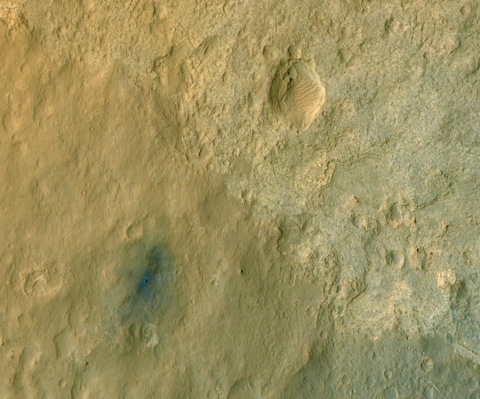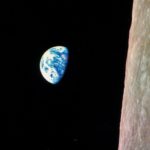Ray Bradbury imagined the Mission to Mars, Neil Armstrong wandered into the moon and beyond. In 2012, the year Curiosity Rover beamed images of the red planet to the world, both passed away. We reminisce their contributions.
Neil Armstrong and the Race to the Moon and Beyond
Ray Bradbury imagined the Mission to Mars. Neil Armstrong wandered into the Moon beyond. We lost both of them in 2012, the year the Curiosity Rover beamed images of the Red Planet to the world.
One small step for man. One giant leap for mankind. – Neil Armstrong
“The Martians were there—in the canal—reflected in the water…. The Martians stared back up at them for a long, long silent time from the rippling water….” –Ray Bradbury, “The Martian Chronicles”
Mars Rover Curiosity: the Red Planet is There
From Reuters in The Guardian-UK
NASA showed off a high-resolution colour picture sent back by the Mars rover Curiosity, detailing the mountain where scientists plan to focus their search for the chemical ingredients of life. The image reveals distinct tiers near the base of the three-mile-high mountain that rises from the floor of Gale Crater, where Curiosity landed on 6 August 2012. Scientists estimate it will be a year before the rover reaches the layers of interest at the foot of the mountain, 6.2 miles from the landing site.
httpvh://youtu.be/cwZb2mqId0A
“Do you ever wonder if–well, if there are people living on the third planet?’ ‘The third planet is incapable of supporting life,’ stated the husband patiently. ‘Our scientists have said there’s far too much oxygen in their atmosphere.” –Ray Bradbury, “The Martian Chronicles”


From earlier orbital imagery, the layers appear to contain clays and other hydrated minerals that form in the presence of water, Nasa has said. Previous missions to Mars have uncovered strong evidence for vast amounts of water flowing over its surface in the past. Curiosity was dispatched to hunt for organic materials and other chemistry considered necessary for life to evolve.
“He wanted to go to Mars on the rocket. He went down to the rocket field in the early morning and yelled in through the wire fence at the men in uniform that he wanted to go to Mars. He told them he was a taxpayer, his name was Pritchard, and he had a right to go to Mars.” –Ray Bradbury, “The Martian Chronicles”
In this picture, the layers above where scientists expect to find hydrated minerals show sharp tilts, offering a strong hint of dramatic changes in Gale Crater, which is located in the planet’s southern hemisphere near its equator.
“They knew how to live with nature and get along with nature. They didn’t try too hard to be all men and no animal. That’s the mistake we made when Darwin showed up. We embraced him and Huxley and Freud, all smiles. And then we discovered that Darwin and our religions didn’t mix. Or at least we didn’t think they did. We were fools. We tried to budge Darwin and Huxley and Freud. They wouldn’t move very well. So, like idiots, we tried knocking down religion. We succeeded pretty well. We lost our faith and went around wondering what life was for. If art was no more than a frustrated outflinging of desire, if religion was no more than self-delusion, what good was life? Faith had always given us answer to all things. But it all went down the drain with Freud and Darwin. We were and still are lost people.” –Ray Bradbury, “The Martian Chronicles”
Mount Sharp, the name given to the towering formation at the centre of the crater, is believed to be the remains of sediment that once completely filled the 96-mile-wide basin. “This is a spectacular feature that we’re seeing very early,” said John Grotzinger, a project scientist with the California Institute of Technology. “We can sense that there is a big change on Mount Sharp.”
“Around the rocket in four directions spread the little town, green and motionless in the Martian spring. There were white houses and red brick ones, and tall elm trees blowing in the wind, and tall maples and horse chestnuts. And church steeples with golden bells silent in them. “I’ll be damned,” whispered Lustig.” –Ray Bradbury, “The Martian Chronicles”
httpvh://youtu.be/gZX5GRPnd4U
This is a full-resolution version of the NASA Curiosity rover descent to Mars and landing, taken by the MARDI descent imager.
The higher layers are steeply slanted relative to the layers of underlying rock, the reverse of similar features found in the Grand Canyon. “The layers are tilted in the Grand Canyon due to plate tectonics, so it’s typical to see older layers be more deformed and more rotated than the ones above them,” Grotzinger said. “In this case you have flat-line layers on Mars overlaid by tilted layers. The science team, of course, is deliberating over what this means. “This thing just kind of jumped out at us as being something very different from what we ever expected.”
“But he thought, just suppose now that there were Martians living on Mars and they saw our ship coming and saw us inside our ship and hated us. Suppose now, just for the hell of it, that they wanted to destroy us, as invaders, as unwanted ones, and they wanted to do it in a very clever way, so that we would be taken off guard. Well, what would the best weapon be that a Martian could use against Earth Men with atomic weapons?” –Ray Bradbury, “The Martian Chronicles”
Take out plate tectonics and the most likely explanation for the angled layers has to do with the physical manner in which they were built up, such as being deposited by wind or by water. “On Earth there’s a whole host of mechanisms that can generate inclined strata,” Grotzinger said. “Probably we’re going to have to drive up there to see what those strata are made of.”


“They stood there, King of the Hill, Top of the Heap, Ruler of All They Surveyed, Unimpeachable Monarchs and Presidents, trying to understand what it meant to own a world and how big a world really was.” –Ray Bradbury, “The Martian Chronicles”
Also on Monday, NASA said it used the rover to broadcast a message of congratulations to the Curiosity team from the NASA chief, Charles Bolden, a demonstration of the high bandwidth available through a pair of US science satellites orbiting Mars. “This is the first time that we’ve had a human voice transmitted back from another planet” beyond the moon, said Chad Edwards, chief telecommunications engineer for NASA’s Mars missions at the Jet Propulsion Laboratory in Pasadena, California. “We aren’t quite yet at the point where we actually have a human present on the surface of Mars … it is a small step.”
“The rockets set the bony meadows afire, turned rock to lava, turned wood to charcoal, transmuted water to steam, made sand and silica into green glass which lay like shattered mirrors reflecting the invasion, all about. The rockets came like drums, beating in the night. The rockets came like locusts, swarming and settling in blooms of rosy smoke.” –Ray Bradbury, “The Martian Chronicles”
Ray Bradbury passed on June 6, 2012. Neil Armstrong followed on August 25, 2012. The search for intelligent life into the beyond will continue.













